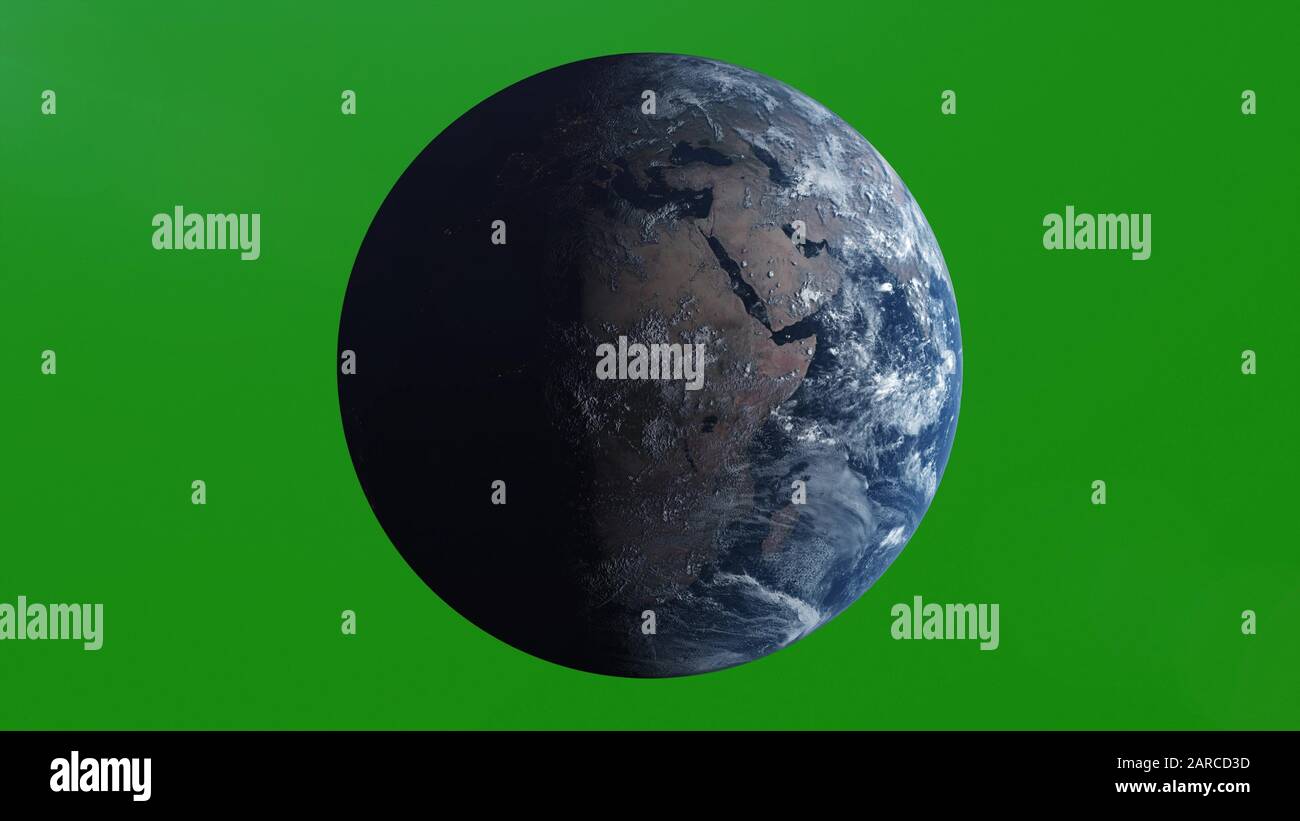

design away in Gravit.io, don't care too much about absolute size and line widths, export as SVG. That makes me think it might be helpful in combination with Visicut. You can also move, resize, rotate your designs in Visicut. it will read everything in the file and give you the option to specify what to do with each thing it detected. The beauty of this is that Visicut doesn't care what line widths are set to. In this example, the leaf will kept and the background removed. Create a shape with a drawing tool, outlining the area of an image that you want to keep. I'm not including the details because it was annoying and something would go wrong every year with at least 5% of the jobs, so it's not worth sharing with you all.Īt the end of last year, we were introduced to the Visicut software to send jobs to our Epilog laser (thanks to this group!) and after testing it out, that's what we are using this year. Removing parts of an image As Corel Vector is a vector tool, there isn’t some kind of eraser to remove some portions of an image, but that is still possible with other features, like Clip.

Specifically, up until this year, the workflow was we would ask students to design in Inkscape, making sure to set line widths for vector cuts to 0.001", export as PDF, etc etc. But we have also run into similar issues like some of the ones you've mentioned.
Gravit designer erase part of an image install#
We ask students to install Inkscape because it is open source and free for them, versus AI. At my school, we haven't been using Gravit.io yet although I was introduced to it over the summer and thought it looked really promising.


 0 kommentar(er)
0 kommentar(er)
